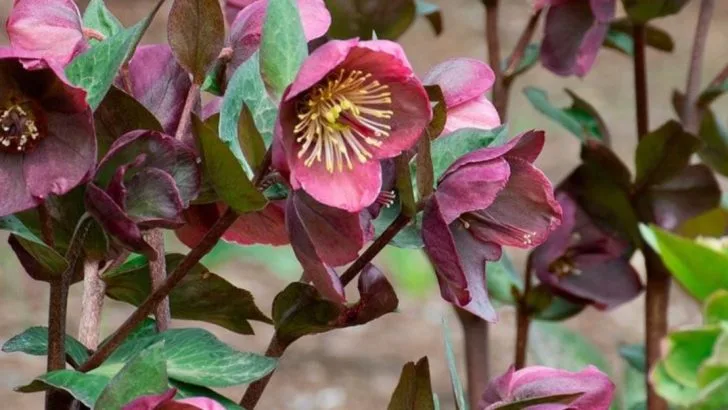As temperatures drop and frost settles in, most gardens start to lose their color and energy — but not all plants retreat so easily. Some hardy perennials actually keep blooming well into the cold, defying the chill with unexpected resilience. Others, however, fade fast at the very first sign of frost.
In this article, we highlight 7 frost-tough perennials that continue to flower beautifully even when nights get icy, along with 7 cold-sensitive varieties that you’ll want to protect or replace as soon as temperatures dip. Knowing the difference can help you extend your garden’s beauty deep into the season.
Choose blooms that won’t back down when the frost rolls in — and skip those that can’t take the cold.
Hellebores
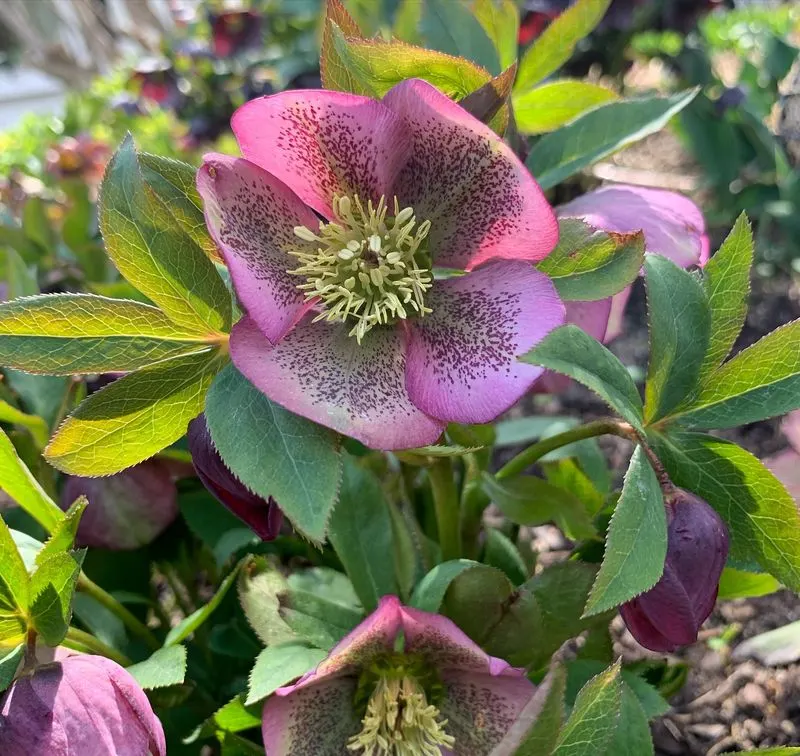
Hellebores, often referred to as the ‘Christmas Rose’, defy winter’s chill with their stunning blooms. As snowflakes settle, these perennials emerge in full glory, offering a burst of color that livens up any garden. Known for their resilience, they flourish when most flowers retreat. Their varied hues, from soft pastels to deep purples, provide a charming winter palette. Historically, hellebores have been a symbol of tranquility and hope, brightening bleak landscapes. Did you know? These captivating flowers have been cherished since ancient times for their supposed medicinal properties, although caution is advised due to their toxicity.
Sedum
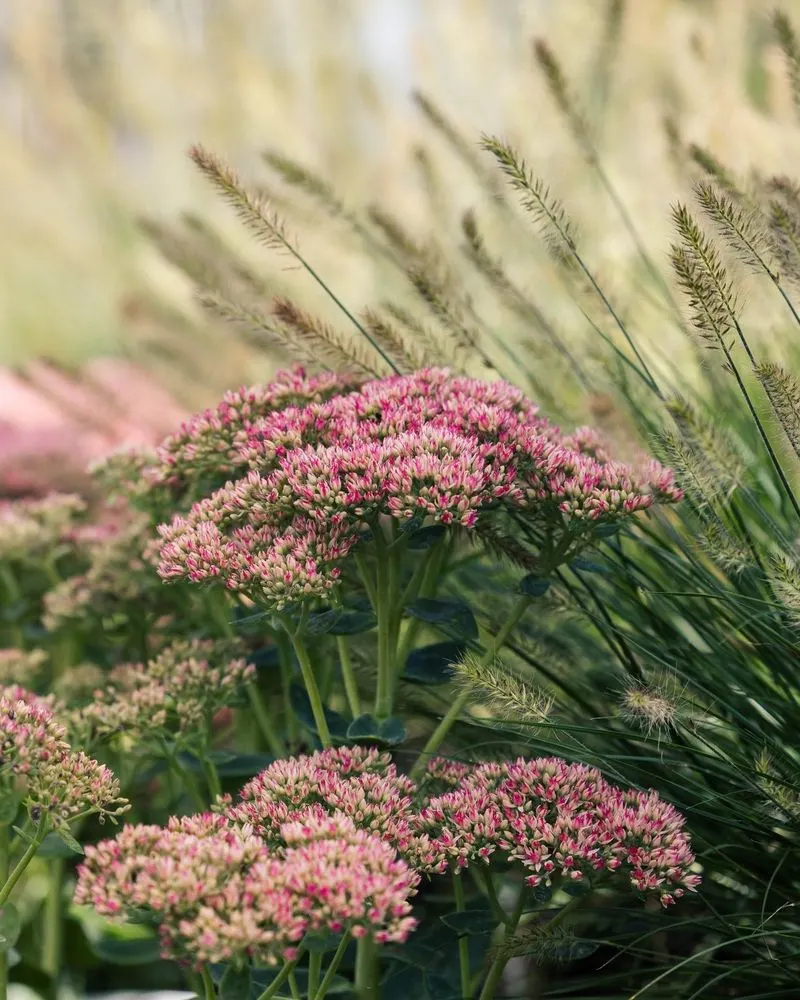
Sedum, with its succulent leaves, stands robust against frost. These versatile plants bring life to gardens even as temperatures dip. Their star-shaped flowers, often in clusters, add a unique texture amongst snow-kissed landscapes. Sedum’s ability to store water provides them an edge during cold spells, ensuring they remain vibrant. A quirky fact: Sedum has been used in traditional medicine across cultures, known for its cooling properties. Its resilience and diverse forms make it a favorite among gardeners looking to maintain garden interest throughout winter’s grasp.
Snowdrops
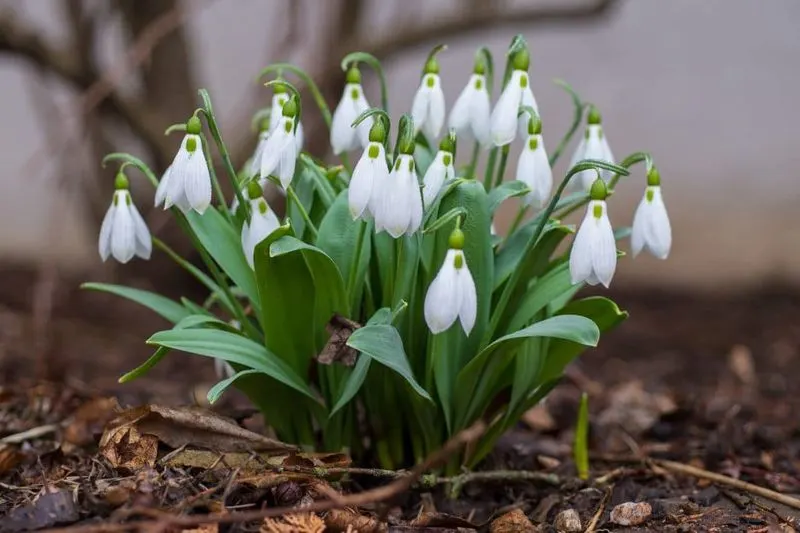
Snowdrops herald the promise of spring, emerging early with nodding white blooms that defy frost. Their tenacity is legendary, often breaking through snow to reveal their delicate beauty. These petite flowers cloak the ground in elegance, proving that size doesn’t dictate strength. Fun fact: Snowdrops have been admired since ancient Roman times, often seen as symbols of hope and purity. Their presence in folklore adds to their allure, making them a beloved choice for winter gardens. Despite their delicate appearance, snowdrops are formidable opponents of the cold.
Winter Aconite
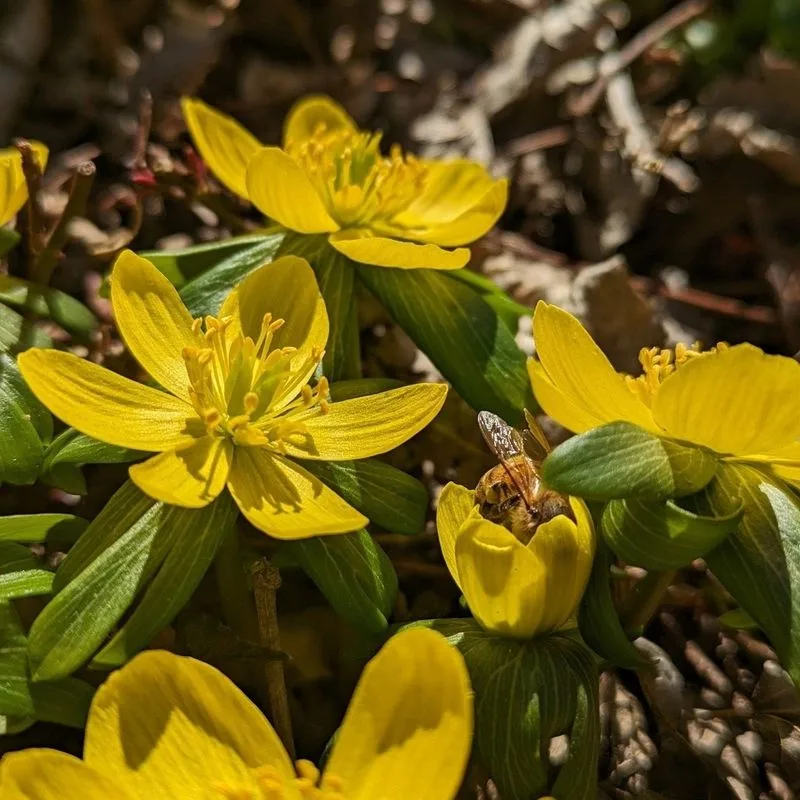
Winter aconites illuminate winter gardens with bright yellow blooms, resembling tiny suns amidst the frost. They are among the first to bloom in the chill, bringing warmth to cold vistas. Their tubers store energy, ensuring they thrive when other plants falter. Interesting tidbit: Historically, they were used in early medicinal practices but are toxic if ingested. This duality adds intrigue, as they offer beauty yet demand respect. Their vibrant presence and early blooming make them a cherished addition for gardeners seeking early winter color.
Persian Violet
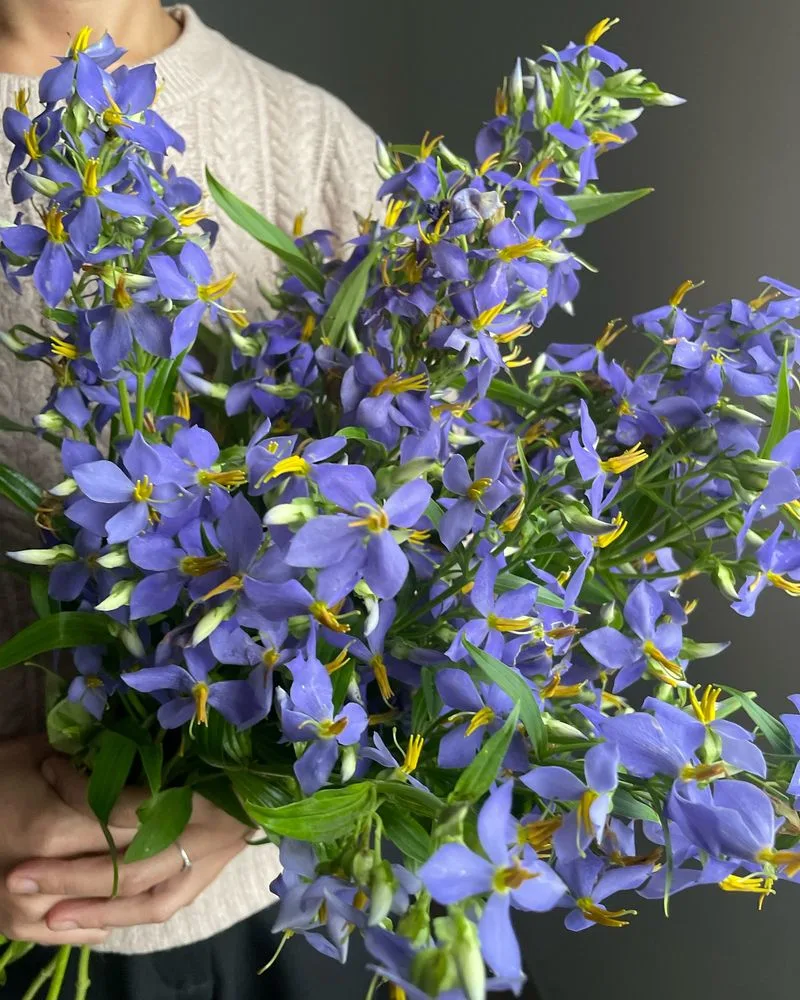
Persian violets bring a touch of grace with their deep purple blooms against winter’s stark backdrop. These perennials flourish in cooler temperatures, offering a splash of color when needed most. Their resilience is matched by their delicate appearance, often surprising gardeners. Did you know? Despite their name, Persian violets aren’t true violets but belong to the cyclamen family. Their captivating blooms have made them a symbol of beauty and resilience, enduring through frosty conditions to brighten cold days.
Lenten Rose
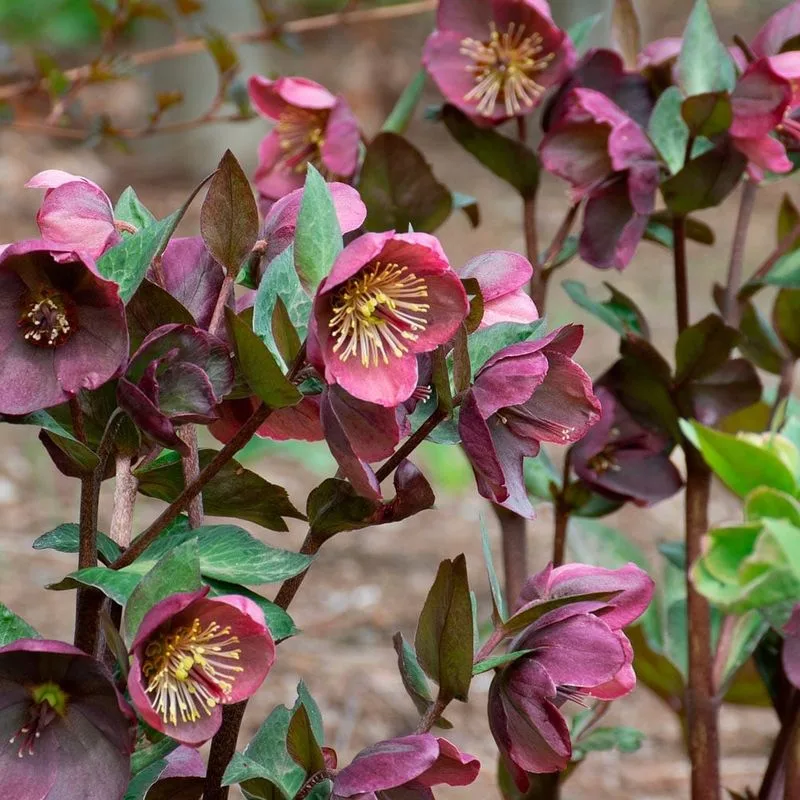
Lenten roses captivate with their intricate blooms, often appearing when gardens need color. These perennials aren’t true roses but belong to the hellebore family. Their blooms, in shades ranging from white to deep burgundy, defy the cold with a quiet elegance. Historically, they have been seen as symbols of perseverance, standing strong during the harshest conditions. A fun fact: Despite their beauty, all parts of the lenten rose are toxic if ingested, adding a layer of mystery to their allure in the garden.
Heather
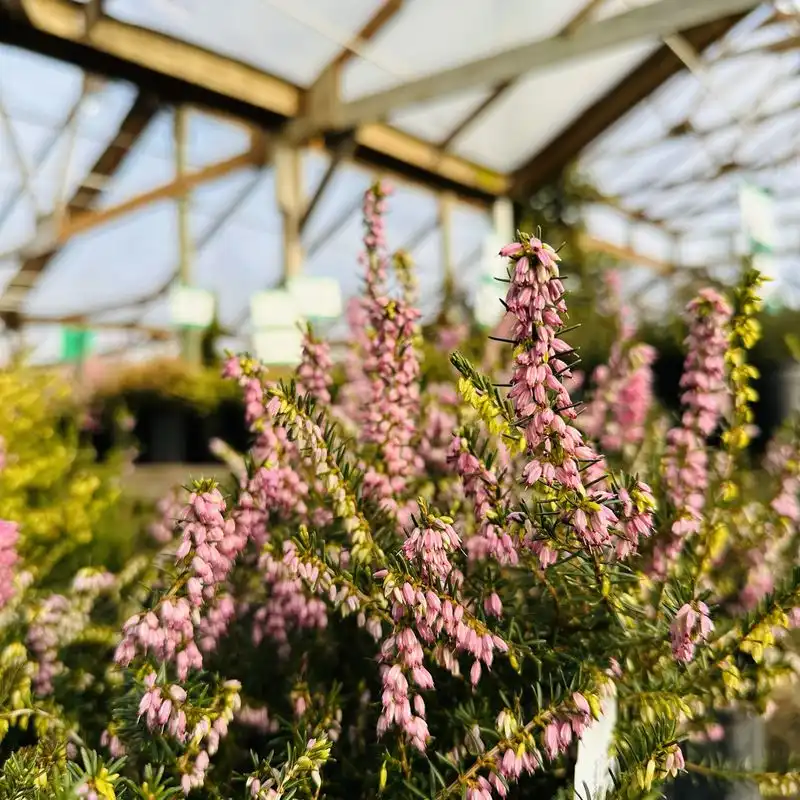
Heather plants add a touch of wild beauty with their pink and purple flowers against a snowy backdrop. Known for thriving in poor soil, these perennials are as tough as they are beautiful. Their evergreen nature ensures year-round interest, while their flowers provide crucial nectar for pollinators during scarce months. Interestingly, heather holds cultural significance in Scotland, where it symbolizes good luck. This hardy plant’s adaptability makes it a favorite for those looking to maintain garden color through all seasons.
Begonia
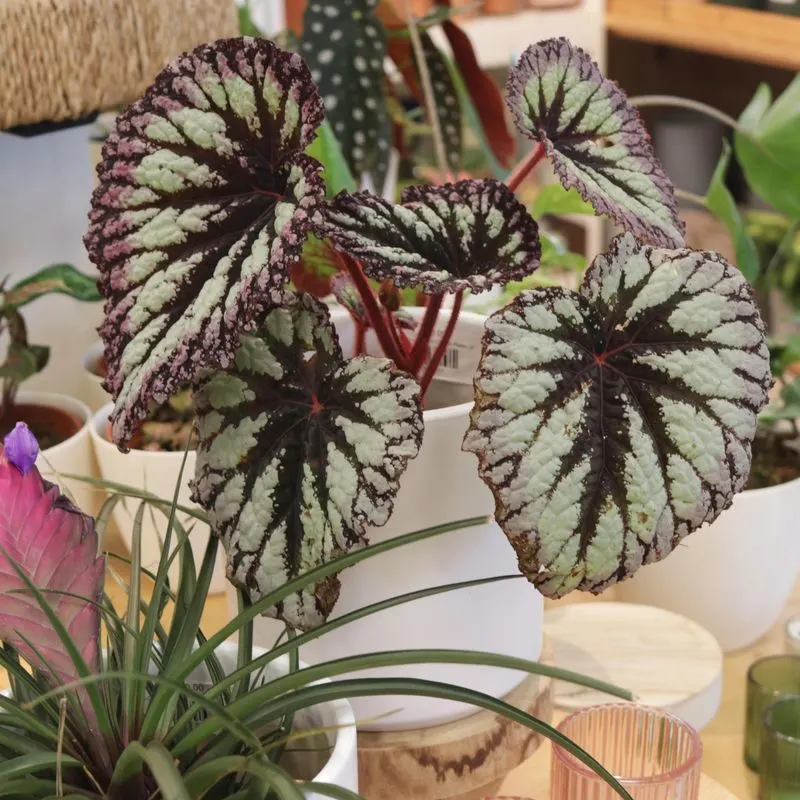
Begonias, known for their vibrant blooms and lush foliage, often wilt when frost arrives. These warm-weather favorites struggle as temperatures drop, making them less than ideal for winter gardens. Their susceptibility to cold means they require careful placement and protection to thrive. Despite their delicate nature, begonias remain popular for their unmatched beauty in the right conditions. Did you know? Begonias have been cultivated since the 18th century and are named after Michel Bégon, a French patron of botany. They flourish in warmth but retreat from winter’s chill.
Impatiens
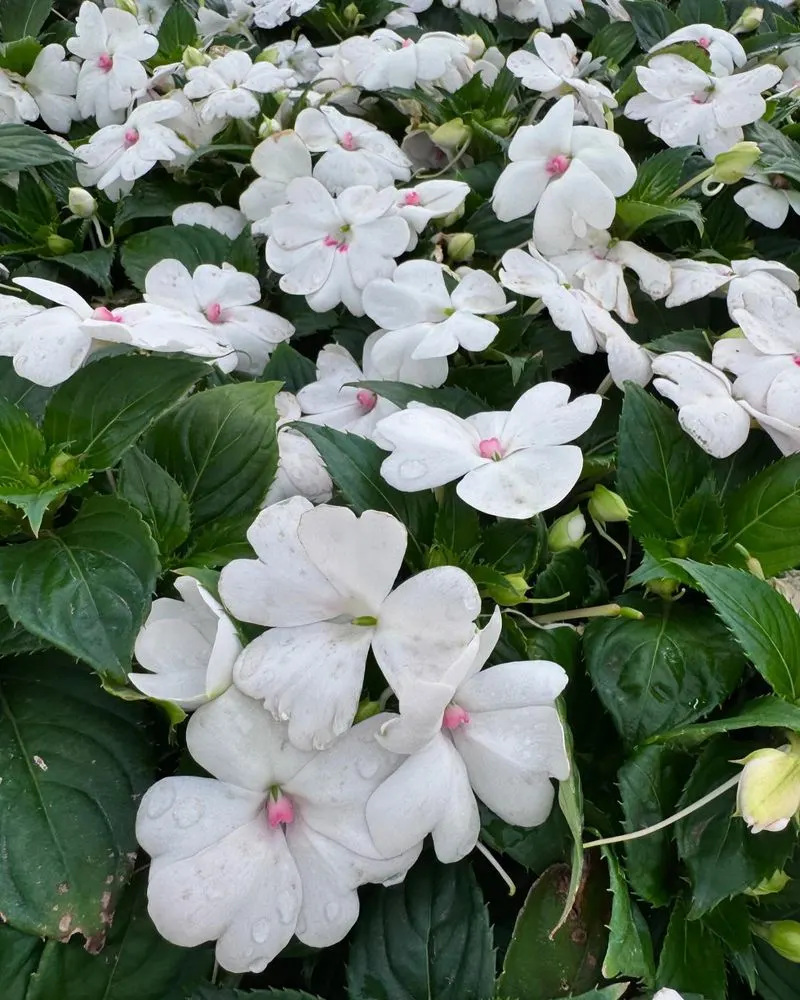
Impatiens bring vibrant colors to summer gardens but falter at frost’s first touch. These delicate blooms, adored for their ability to brighten shady spots, are particularly vulnerable to cold. As the chill sets in, impatiens often succumb, leaving gardeners to seek alternatives for winter interest. Despite their fragility, they remain beloved for their summer vibrancy. An intriguing tidbit: Impatiens are sometimes referred to as “Busy Lizzies” in the UK, a testament to their prolific blooming during warmer months. However, they retreat at the frost’s arrival.
Coleus
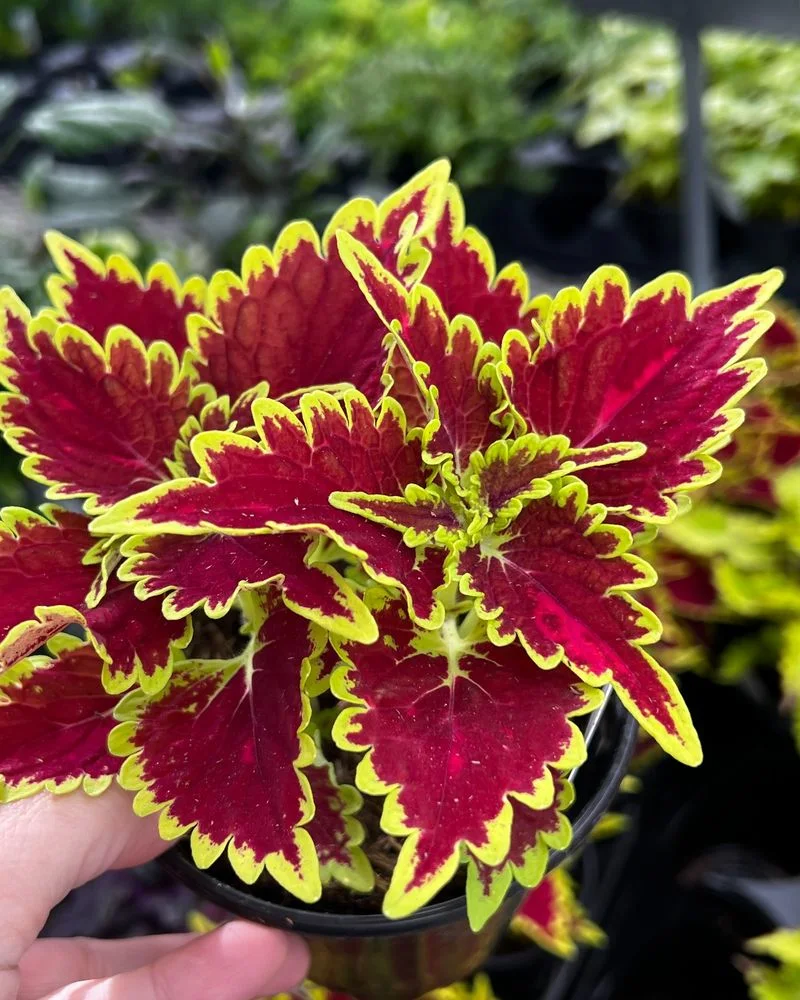
Coleus is celebrated for its striking foliage, boasting a palette that ranges from fiery reds to deep greens. However, its beauty fades quickly in the face of frost. These tender perennials prefer warmth and struggle as temperatures drop, often leading to wilted displays. Despite their cold sensitivity, they continue to be garden favorites for their dramatic leaf patterns. Fun fact: Coleus was popularized in Victorian times, known for its ‘painted leaf’ appeal. While they add summer charm, their vibrancy diminishes with winter’s approach.
Caladium
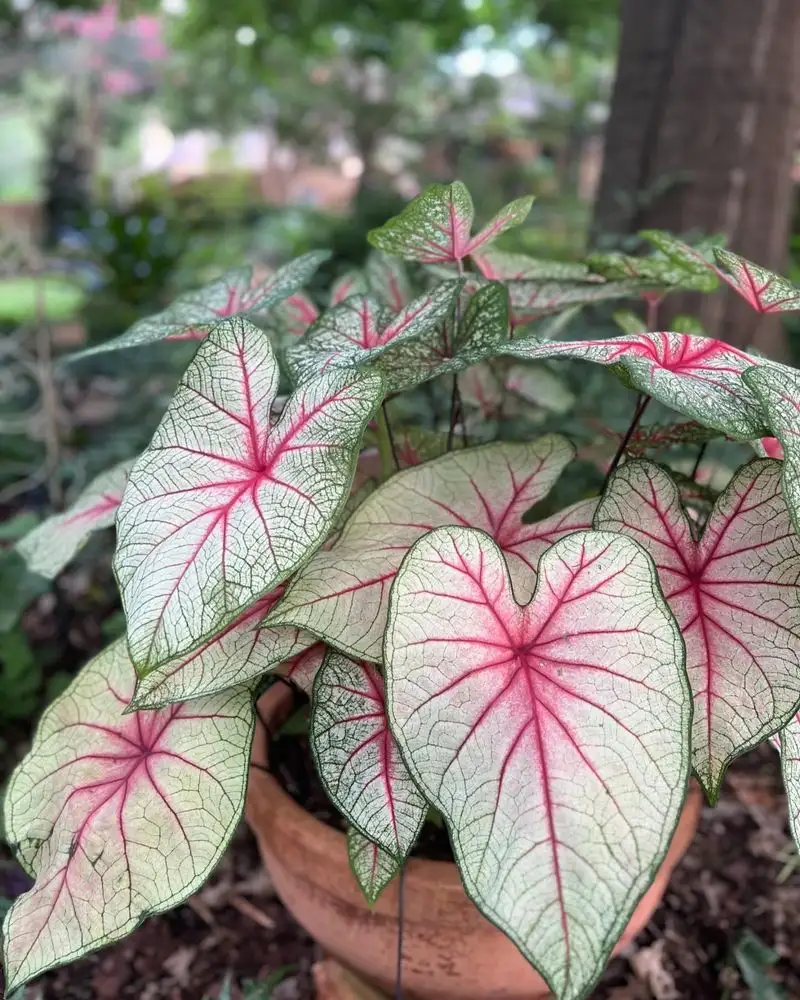
Caladiums are renowned for their large, heart-shaped leaves that boast striking patterns and vibrant colors. Yet, as frost creeps in, these tropical beauties quickly fade. They thrive in warmth and humidity but falter in cold, making them a challenge for winter gardens. Despite their frost sensitivity, caladiums continue to enchant gardeners with their exotic appeal during warmer months. Did you know? Caladiums hail from South America, where they flourish in the tropical climate. Their inability to withstand frost only adds to their allure during summer’s peak.
Petunias
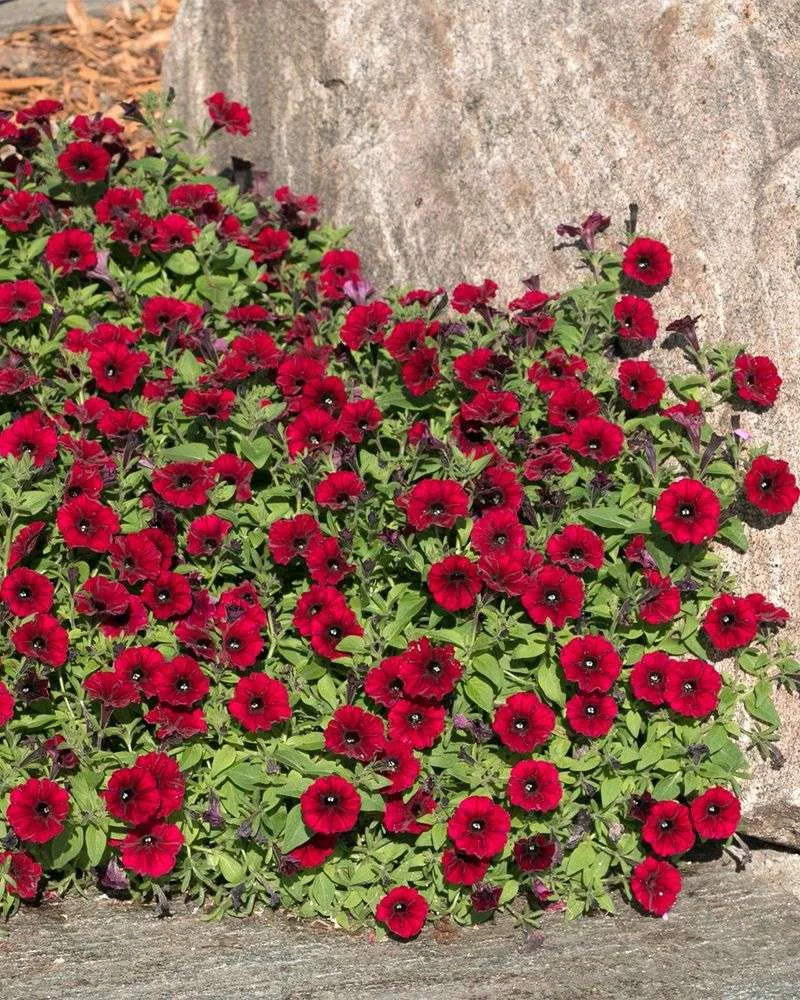
Petunias are garden staples, celebrated for their abundant blooms and wide range of colors. However, these beauties are no match for frost, wilting as temperatures plummet. Their preference for warmth makes them unsuitable for winter gardens, though they remain summer favorites. Petunias’ popularity can be traced back to the 19th century when they were first brought from South America. Despite their cold aversion, they captivate with their cheerful displays during warmer months, ensuring they hold a place in many gardens before frost takes its toll.
Geraniums
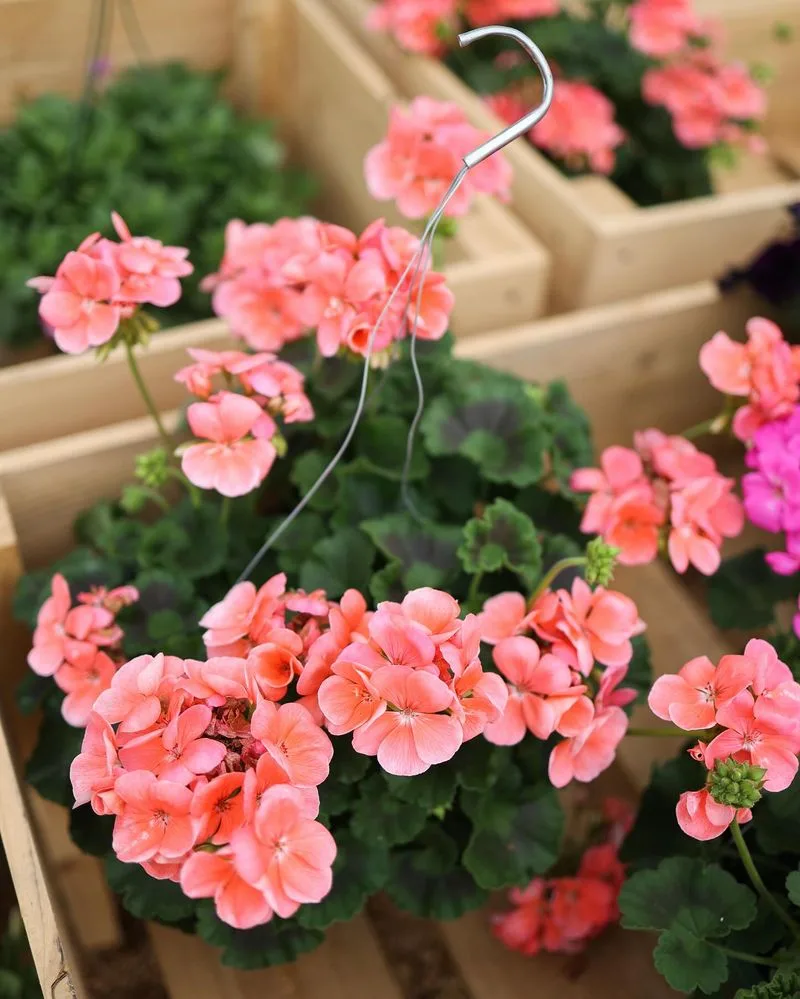
Geraniums, with their cheerful blooms, add charm to any garden setting. Yet, when frost bites, these tender plants quickly retreat, unable to withstand the chill. Their vibrant flowers and pleasant scent make them summer favorites, but they require protection as temperatures dip. A curious fact: Geraniums are often confused with pelargoniums, their more frost-resistant relatives. Despite their cold sensitivity, geraniums continue to be cherished for their beauty and fragrance, captivating gardeners during the warmer months before frost claims them.
Zinnias
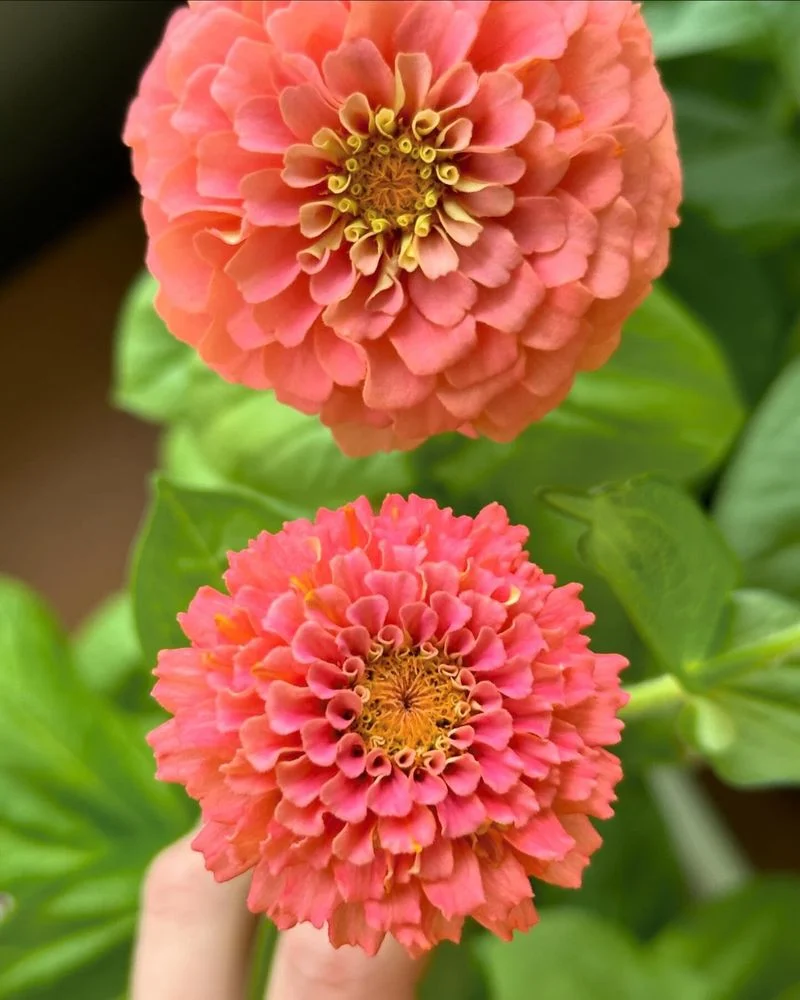
Zinnias, with their bright, daisy-like blooms, are a sight to behold in any garden, yet frost signals their decline. These annuals thrive in heat, offering vibrant displays through summer but falter as temperatures dip. Their broad range of colors and forms makes them popular choices despite their cold intolerance. Fun fact: Zinnias hail from Mexico, where they were cherished by the Aztecs. Their historical significance adds depth to their garden appeal, although their beauty is fleeting as frost approaches, marking the end of their seasonal reign.

